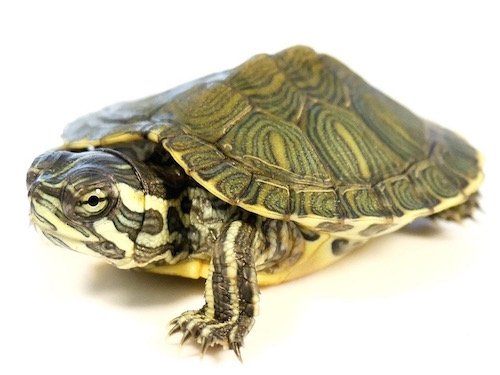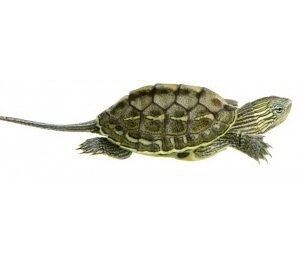Habitat and Characteristics of the Cumberland Slider Turtle
The Cumberland slider turtle (Trachemys scripta troostii) is primarily found in the southeastern United States, spanning states such as Kentucky, Tennessee, and parts of Virginia and North Carolina. These turtles are closely associated with freshwater environments, with a strong preference for slow-moving rivers, ponds, and lakes. Their geographical distribution is closely tied to the availability of suitable aquatic habitats where they can thrive.
Cumberland slider turtles tend to favor areas with abundant vegetation, as this provides both food and shelter from predators. The presence of basking sites is critical, as turtles often need to emerge from the water to sunbathe. Rocks, logs, and sandy banks along these water bodies serve as ideal basking surfaces. As semi-aquatic creatures, Cumberland sliders have evolved numerous adaptations that allow them to excel in these environments. Their streamlined bodies aid in swimming, while their webbed feet enhance their navigational abilities in water.
In terms of physical characteristics, the Cumberland slider turtle is typically medium-sized, with adults varying in length from 5 to 10 inches. Their carapace is smooth and can display a range of colors from dark olive to brown, often with distinct yellow and red markings on the sides of their heads, distinguishing them from similar species. This coloration not only provides camouflage within their natural habitat but also plays a role in communication, especially during mating seasons.
Overall, the Cumberland slider turtle’s adaptability to diverse ecological settings, coupled with its unique physical traits, makes it an intriguing species to study. Understanding these aspects is crucial for effective conservation efforts aimed at preserving their natural habitat and ensuring their continued survival in the wild.
Behavior, Diet, and Conservation Efforts
The Cumberland slider turtle (Trachemys scripta troosti) exhibits a series of fascinating behavioral traits that are critical to its survival in the wild. These turtles are known for their social interactions, often seen basking together in groups on logs or rocks. Basking plays a vital role in their well-being; it helps regulate their body temperature, provides an opportunity for socialization, and aids in the synthesis of vitamin D3, essential for calcium metabolism. During the mating season, which typically occurs in the spring, males engage in elaborate courtship rituals, displaying specific behaviors like competitive head bobbing and sometimes biting to demonstrate their fitness to potential mates.
In terms of diet, the Cumberland slider turtle is omnivorous, consuming a diverse array of both plant and animal matter. Their diet may include aquatic vegetation, fruits, insects, small fish, and even crustaceans. This varied diet not only meets their nutritional needs but also plays a role in maintaining the ecological balance within their habitats. The ability to adapt their feeding habits allows them to thrive in different environments, from slow-moving rivers to marshes.
However, the Cumberland slider turtle faces several conservation challenges. Habitat loss due to urban development, pollution, and climate change poses significant threats to their populations. Additionally, the increasing demand in the pet trade has led to significant over-collection from the wild. Conservation efforts are underway to address these issues, involving habitat restoration, educational programs to promote awareness, and legal regulations to curb the impact of the pet trade. Organizations dedicated to protecting this species often collaborate with local communities to ensure sustainable practices that support both the Cumberland slider and the ecosystems they inhabit. These initiatives are critical for the long-term survival of the species, providing hope for the preservation of this remarkable turtle in its natural habitat.





